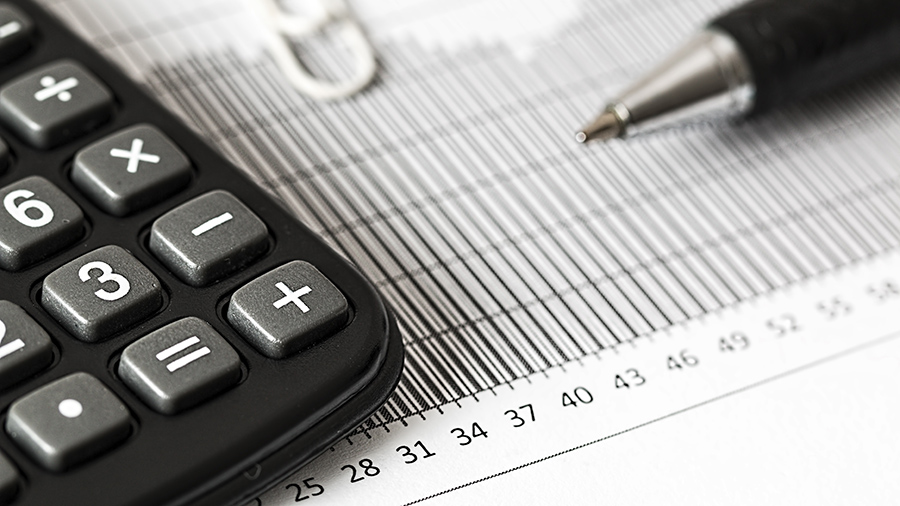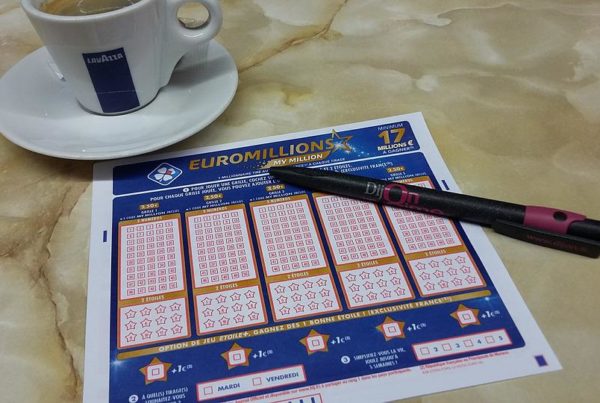All traders – whether sole traders, partnerships, or limited companies – are obliged to register to charge and pay VAT once annual sales reach a pre-set annual threshold. This threshold remains at £85,000 for the year commencing 1 April 2019.
The annual VAT threshold is determined by total sales and is not the same as total profits (which is generally sales minus expenses). A business can make a loss and still need to register for VAT!
In summary, a business must register if:
- its taxable outputs, including zero-rates sales (but not exempt, non-business, or ‘outside the scope’ supplies),have exceeded the registration threshold in the previous 12 calendar months – unless the business can satisfy HMRC that its taxable supplies in the next 12 months will not exceed a figure £2,000 below the registration threshold (so currently £83,000); or
- there are reasonable grounds for believing that the business’s taxable outputs in the next 30 days will exceed the registration threshold; or
- the business takes over another business as a going concern, to which the two bullet points above apply.
The threshold operates on a month-by-month basis, so a check should be made at the end of each month to make sure the business hasn’t gone over the limit in the previous twelve months.
The month-by-month basis also works by looking forward, so it is equally important at the end of each month to consider whether the limit will be exceeded in the following twelve months. If it is anticipated that total sales may exceed the VAT threshold, the business needs to register.
Where registration is required, HMRC must be notified:
- within 30 days of the end of the relevant month (past sales condition); or
- by the end of the 30-day period (expected sales condition).
If the business does not register with HMRC within the specified time limit, a penalty will be charged, which can eventually be up to 15% of the VAT owed – in addition to the actual VAT due.
Voluntarily registration
A business can register for VAT even if its turnover (total sales) is below the threshold and it may actually save tax by doing so, particularly if its main clients or customers are organisations that can reclaim VAT themselves.
Example
A non-VAT registered sole-trader buys a new office photocopier for the business. The copier costs £100 plus VAT, so a total of £120 is paid (£100 plus VAT at 20%). £120 is set against business profits for income tax purposes. If the trader is a basic rate (20%) taxpayer, there will be a tax saving of £24 (20% of £120), so the copier actually costs the trader £96. However, if the business is VAT-registered, the £20 VAT paid on the item (the input tax) can be reclaimed and £100 is set against business profits for income tax. The tax reduction is therefore £20 (20% of £100) and the copier costs the business just £80 – £16 is saved by being registered for VAT.
The business must not charge or show VAT on its invoices until the VAT number is received from HMRC. However, the VAT for this period must still be paid to HMRC. Therefore the business will need to increase its prices to allow for this and tell its customers why. Once the VAT number is received, the business can reissue the invoices showing the VAT separately.
Once registration has taken effect, there are a series of administrative obligations which must be complied with, and, importantly, a severe penalty regime exists for getting it wrong.






